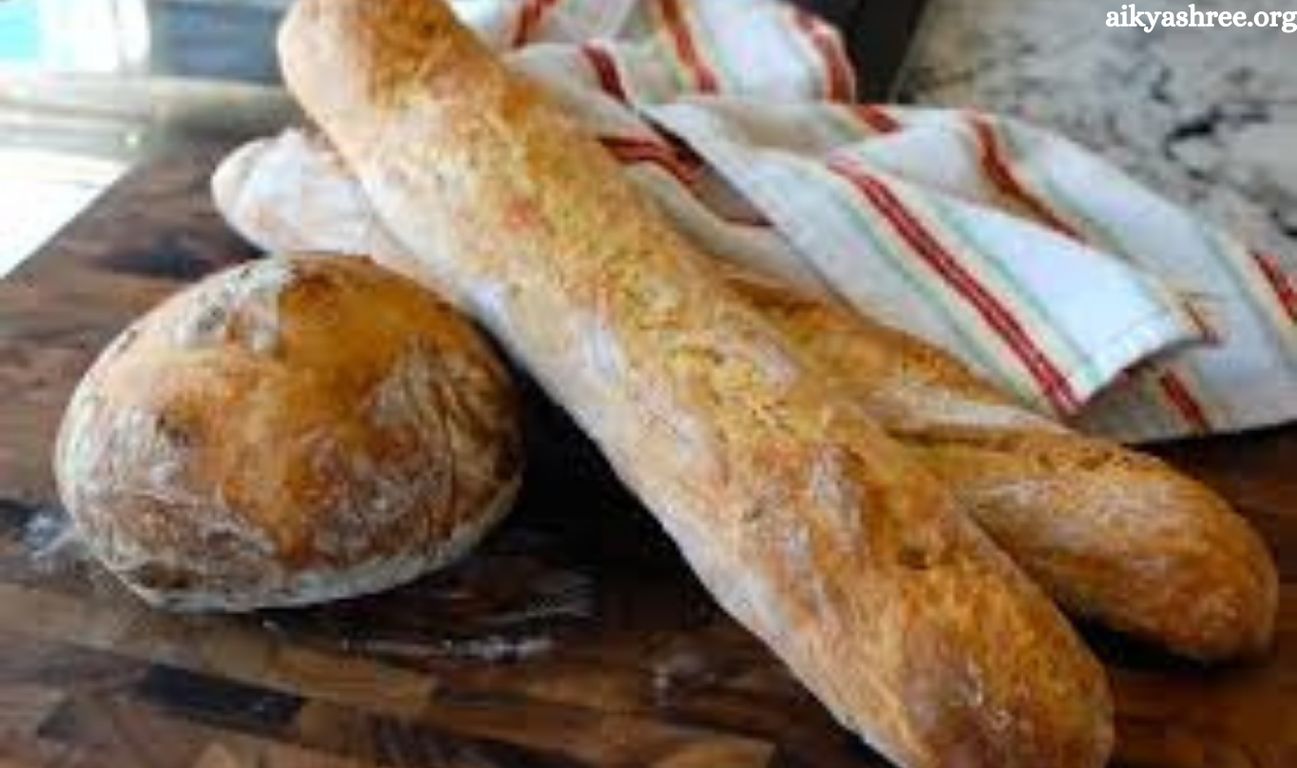Artisan-style bread boasts a crispy crust, chewy interior, and rich flavor. Many assume only professional bakers can create it at high prices. However, with a bread maker designed for the task, you can bake perfect homemade artisan bread. This guide provides step-by-step instructions and expert tips to enhance your bread-making experience.
Understanding Artisan Style Bread
Artisan bread stands out for its crispy crust, open crumb, rich flavor, and simple ingredients—flour, water, yeast, and salt. Its quality depends on fermentation, hydration, and baking techniques. While traditionally baked in stone ovens, a bread maker can achieve similar results with the right methods.
Read More: How to Use Bonuses and Promotions Wisely on a Situs Slot Gacor
Choosing the Right Bread Maker
Choosing the right bread maker is key to baking artisan bread at home. Look for models with adjustable kneading and fermentation, high-temperature baking, delay start, and a dough-only option for manual shaping. Many top bread makers include an artisan or sourdough mode for perfect rustic loaves.
Artisan Bread Essential Ingredients
Gather these essential ingredients before baking:
- Flour – Use bread flour or a mix of all-purpose and whole wheat.
- Water – Filtered water ensures better dough hydration.
- Yeast – Active dry or instant yeast works best.
- Salt – Enhances flavor and controls yeast activity.
- Optional – Add herbs, seeds, or nuts for extra flavor.
Step-by-Step Guide to Making Artisan Bread with a Bread Maker
Make the Dough
Most bread makers have a dough cycle that simplifies mixing and kneading.
- Add water to the bread pan.
- Layer flour, salt, and yeast on top.
- Select the dough cycle and let the machine do the work.
Bulk Fermentation (First Rise)
After the dough cycle finishes, let it rest in the machine for 30–60 minutes. This slow rise enhances texture and flavor.
Knead, Shape, and Rise
- Transfer the dough to a floured surface.
- Shape it as desired.
- Let it rest for 30 minutes.
Second Rise
Allow the dough to rise for another hour until it doubles in size. Cover with a damp towel to prevent drying.
Bake the Bread
Bake in a bread maker (if it has a bake function) or in an oven at 450°F (230°C) for 25–30 minutes.
Add steam to create a crispier crust.
Cooling and Storing
Cool completely on a wire rack for at least an hour before slicing. Store in a paper bag to maintain its crusty texture.
How To Enhance Artisan Bread Making With a Bread Maker
- Apply a Pre-Ferment – Mix flour, water, and yeast a day ahead to enhance flavor.
- Hydration Matters – Higher water content creates an open crumb and ideal texture.
- Steam for a Crunchy Crust – Adding steam during baking ensures a golden, crispy crust.
- Extend Fermentation – Longer fermentation improves both flavor and digestibility.
- Blend Flours – Mixing whole wheat, rye, or spelt with bread flour adds depth to the loaf’s character.
- Choose Quality Ingredients – Organic flour, mineral salt, and fresh yeast elevate taste.
- Score Before Baking – Creates controlled expansion and enhances the bread’s appearance.
Avoiding Common Baking Challenges
- Too Dense or Heavy – Increase hydration, extend fermentation, or use fresh yeast.
- Thick, Hard Crust – Reduce baking time and add steam for a thinner, crunchier crust.
- Bread Falls Flat – Over-proofing or too much yeast is the culprit. Adjust fermentation time and yeast quantity.
- Uneven Texture – Proper kneading and fermentation prevent an unbalanced crumb. Avoid excess flour.
Experimenting with Artisan Bread Recipes
Once you’ve mastered the basics, experiment with new flavors and techniques:
- Sourdough Bread – Uses a natural starter instead of commercial yeast for a tangy, complex flavor.
- Herb & Garlic Loaf – Fresh rosemary, thyme, and garlic enhance aroma and taste.
- Seeded Whole Wheat – Flaxseeds, sunflower seeds, and chia add texture and nutrition.
- Olive & Parmesan Loaf – Chopped olives and grated parmesan create a rich Mediterranean flavor.
Frequently Asked Question
Can I make artisan bread without a bread maker?
Yes! You can mix, knead, and bake the dough in a conventional oven using a Dutch oven or baking stone.
Why is my bread too dense?
Low hydration, short fermentation, or inactive yeast can cause dense bread. Increase water content, extend fermentation, and use fresh yeast.
How do I get a crispy crust?
Bake at high heat (450°F/230°C) and introduce steam during baking. Let the bread cool completely on a wire rack.
Can I use all-purpose flour instead of bread flour?
Yes, but bread flour has more protein, which helps develop gluten and creates a better texture.
How do I store artisan bread?
Store in a paper bag at room temperature to maintain its crust. For longer storage, freeze in an airtight bag.
XHow long should I let the dough rise?
First rise: 30–60 minutes; second rise: about an hour or until doubled in size. Longer fermentation improves flavor.
How do I prevent my bread from collapsing?
Avoid over-proofing, use the correct amount of yeast, and ensure proper gluten development through kneading.
Conclusion
Mastering artisan bread at home is easier than it seems with the right techniques and a good bread maker. By focusing on fermentation, hydration, and quality ingredients, you can achieve bakery-quality loaves with crispy crusts and rich flavors. Experiment with different flour blends, add-ins, and baking methods to refine your skills. With practice, you’ll create artisan-style bread that’s both delicious and rewarding. Happy baking!

